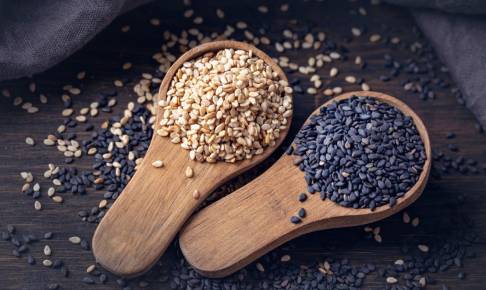Food allergen analysis – proposed solutions to the analyst’s dilemma?
Increased momentum on the risk assessment and risk management of food allergens suggests we may be on the cusp of real progress that will help consumers, food businesses and regulators. But questions remain, particularly for analytical laboratories. Working together we can attempt to answer them.
Introduction
In my recent ‘Point of View’ (Walker 2021) I summed up the problems of trying to interpret the results of food allergen analysis. In this article I attempt to give some solutions. These are my suggestions, and open to debate. I hope this article will be read by a wide range of stakeholders, not only laboratory scientists but food businesses and risk assessors too. I would be happy to hear all your views, this will also help me inform the appropriate expert/stakeholder group (e.g. AOAC, CEN, ILSI, MFAN).
Background
Food allergens are large protein molecules and their unequivocal detection and quantification in food are more problematic than for small molecules (Walker et al. 2016). But progress is being made on this and other aspects of food allergen risk assessment and risk management. My esteemed colleague Bert Popping describes elsewhere in this issue the progress being made at international level (joint FAO/WHO Expert Consultation) on harmonising the list of priority allergens, establishing reference doses in food and reviewing precautionary allergen labelling (PAL). Bert and this group have done a lot of work and made excellent recommendations which we all look forward to being discussed and hopefully ratified by Codex.
The thorny problem of gathering the necessary data for a quantitative allergen risk assessment (QRA) across the supply chain, in the management of operations or in incidents is being addressed by an ILSI-Europe QRA expert group. We will publish our recommendations as an open access ILSI ‘Black & White’ report in the Spring. Currently, the report stands at around 150 pages and has been through an extensive peer-review process with a group of around 50 stakeholders. It also includes a large section on allergen sampling and analysis.
The call for reference materials (RM) has been made many times and there is now some progress here too, with good incurred RMs available for example for milk from the MoniQA Association and from LGC for milk, egg, almond, hazelnut and walnut, and separately for peanut. Readers will also be aware of the first (and so far the only) reference method traceable to the SI from the EU Science Hub, JRC, (Martinez-Esteso et al. 2020; Cordeiro et al. 2021). There are the NIST Food Protein Allergen Program, and the ThrALL Project led by Professor Clare Mills who also runs the Manchester Food Allergy Network (MFAN). The Institute of Food Science & Technology, IFST, has compiled an extensive Food Allergens Knowledge Hub of trusted information to consolidate advice, practical guidance and links to resources to support consumers, small and larger food operations, caterers and educators. An equally informative trusted recourse is the Food Allergy Research and Resource Program (FARRP).
AOAC have set up Working Groups which are close to complet
Download content now





















